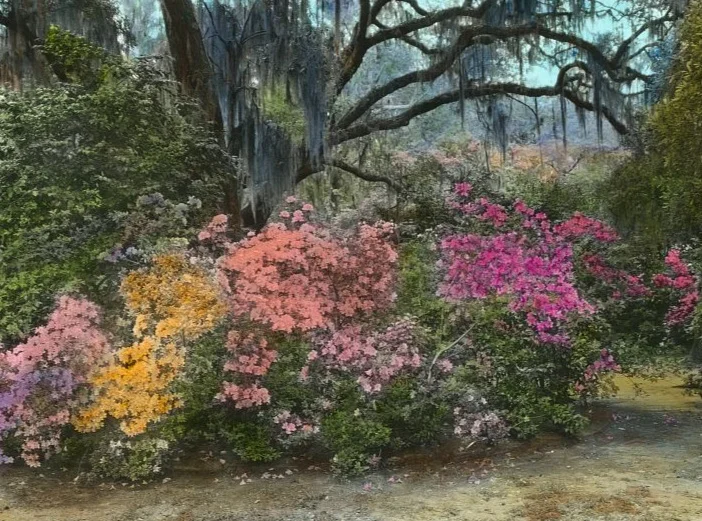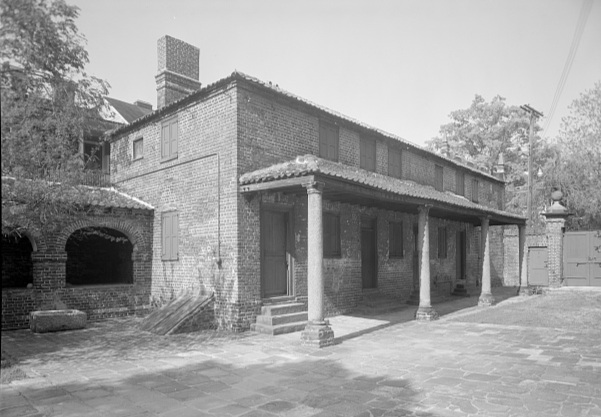History Behind the Story: The Slaves in the Garden
When you tell people that you’re writing a novel about antebellum Charleston, certain fantasies float through their heads. Gone With the Wind fantasies, about a life on places like the Magnolia Plantation just outside Charleston, its gardens pictured in the photograph above.
But I’m kinda pleased to disappoint. I’m not writing about the Charleston of fantasy—white, wealthy, and aristocratic. I’m writing about another face of antebellum Charleston that few people remember today—black Charleston, free as well as slave.
19th-century visitors to Charleston remarked on the presence of black people in the streets, the markets, and the shops. More than one commentator observed that Charleston seemed to be a town of black people. Most of them were slaves whose occupations, whether as house servants or skilled laborers, allowed them the freedom to move about the city and spend their time out of a master’s or mistress’ view.
If they were house servants, they were likely to labor in a building like the kitchen of the Miles Brewton house. It was an outbuilding tucked into the yard, keeping the heat, the grease, and the smell of cooking away from the big house. This brick building was the domain of the Brewton family cook and her assistants, the butler and his footmen who served at dinner. They worked there, ate there, and slept on the second floor above the great hearth, its heat a relief in winter and a misery in summer. They gathered in the yard for a moment of leisure between tasks, warning each other of missus’ approach with a jay’s call, since her nickname was “the old jay.”
The Magnolia Plantation still stands. It has been host to many a wedding. But its present-day stewards have taken pains to disappoint the fantasizers, too. They have preserved the big house, but they have maintained the slave quarters with equal care. As they should.

